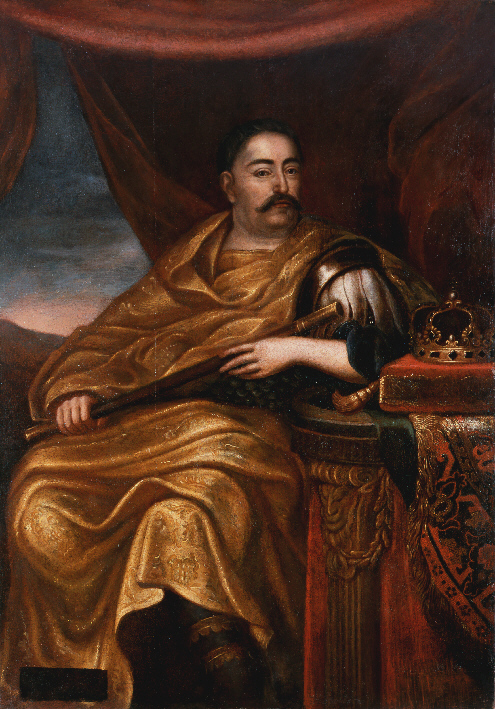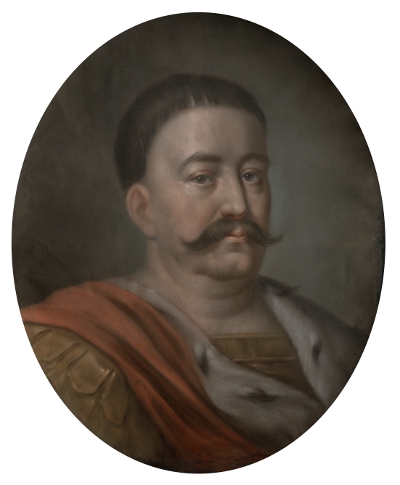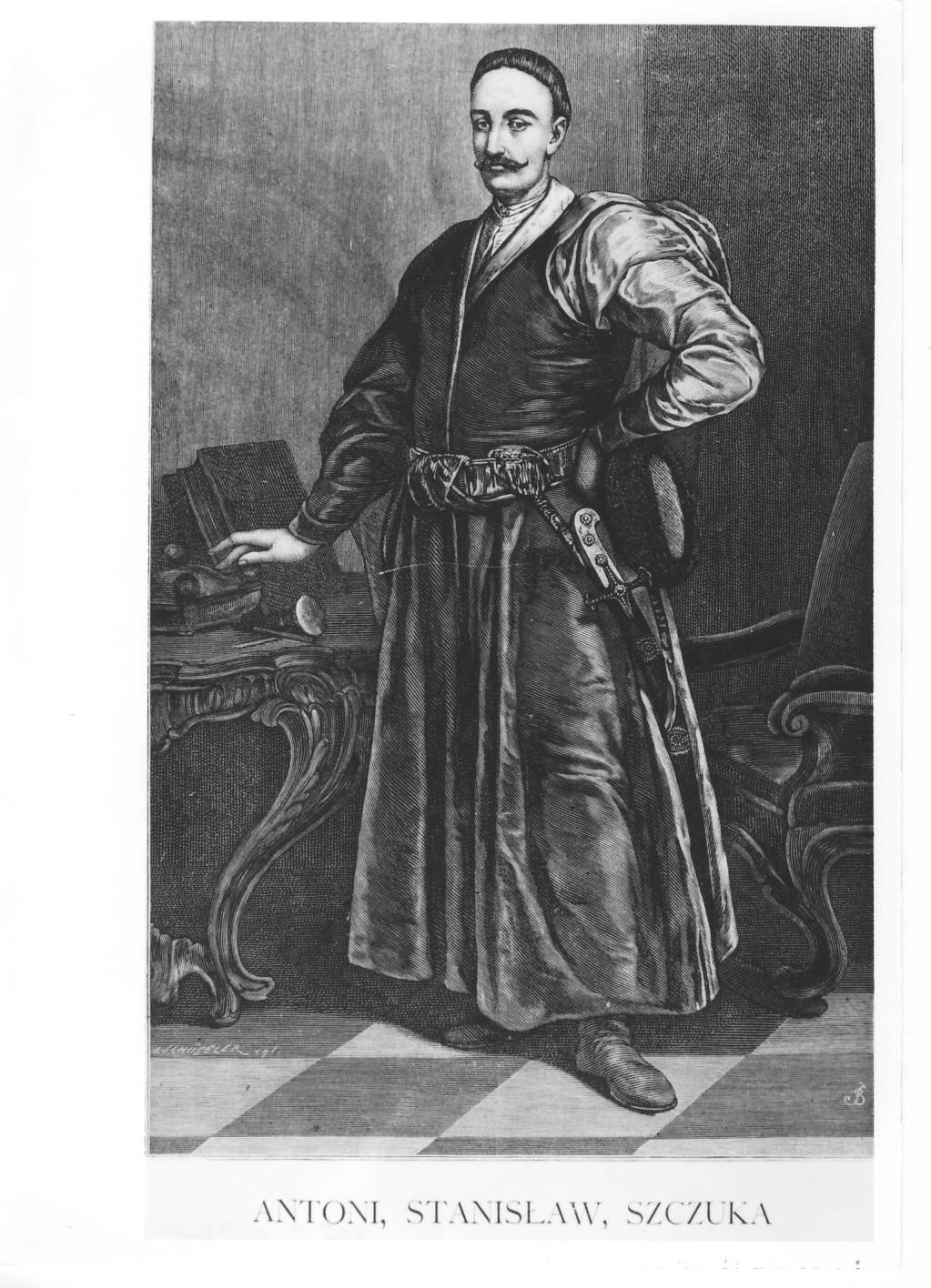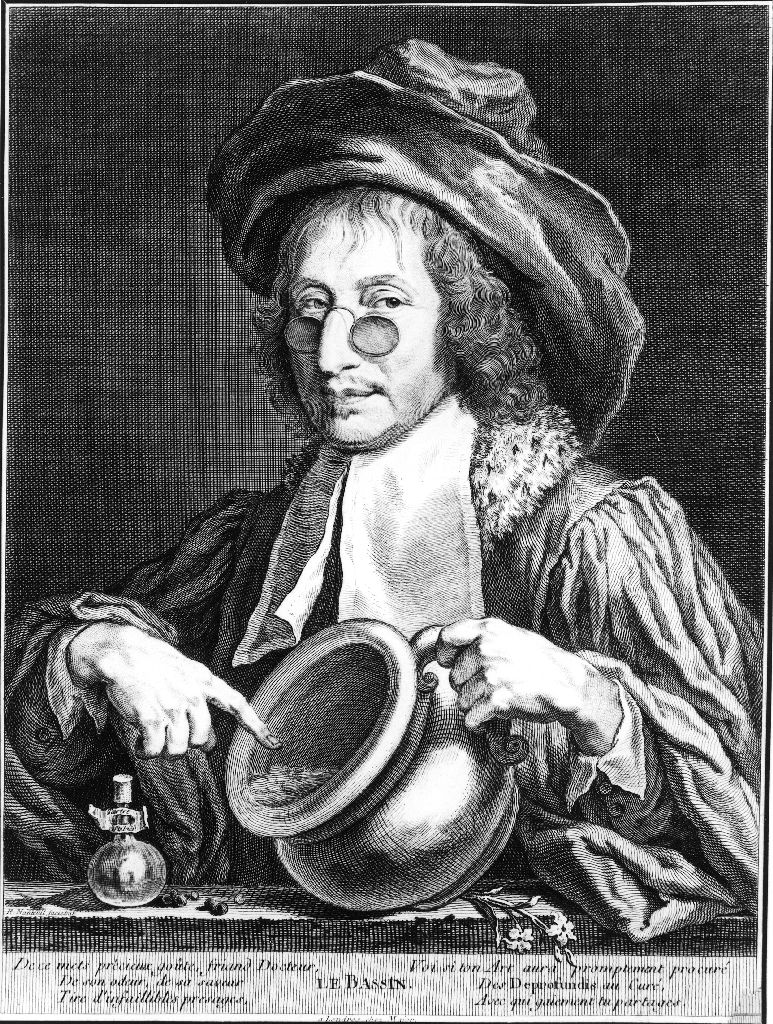Brunetti Cosimo (died in circa 1678), a clergyman and secretary to Jan III Sobieski. Born at the beginning of the 17th century in Florence into a merchant family. From the 1650s on he travelled through almost the entire Western Europe, visiting German states, the Low Countries, England and France. In 1657–1659 he arrived in Pomerania, Prussia and the Commonwealth, and in 1659 he stayed in the Antilles. His successive visit to Poland took place with the approval of the pro-French party at the beginning of the 1670s. Presumably Cosimo played a significant role in the party, since in 1673 he was granted the Polish nobility. He was probably active as a French secret agent and the liaison with the court of the Grand Duke of Tuscany.
Before the 1674 election Jan Sobieski ordered Cosimo to go on a brief mission to France. He returned to Poland in March of the same year. In May he took the position of a personal secretary to Jan III, and his main responsibility consisted in maintaining relations with the French embassy to Poland, Marquis de Bethune and the papal nuncio Martelli. He was also to become the editor of an official paper to be distributed in Venice, Rome and Florence in order to repudiate false information disseminated by the Viennese court. This project was never implemented. On King Sobieski’s behalf he searched for publications on chemistry and astronomy which arrived at the royal library in 1675. Thanks to Queen Marie’s support, in July 1677 Cosimo was appointed provost of Jarosław, but the office failed to fulfil his ambitions and consequently in the spring of 1678 he decided to quit his service at Sobieski’s court. Brunetti Cosimo died after 24 August 1678.



